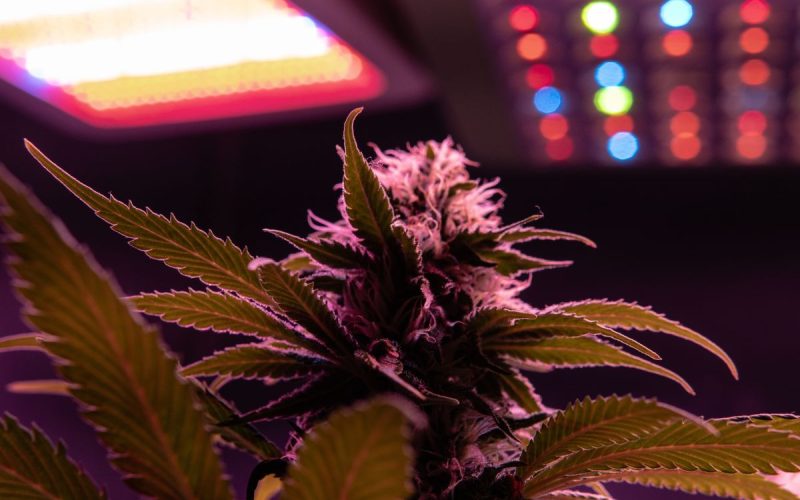Growing cannabis plants is a popular hobby and investment for many people, but natural light isn’t always enough to provide a consistent growing environment. That’s where grow lights come in handy! These artificial light sources provide full-spectrum light to cannabis plants, promoting growth and flowering and aiding in the overall health of the plant.
In order to start arranging a cannabis grow room, you need to install grow lights that replicate sunshine. Explore several facts to know about grow lights for cannabis plants.
LED Lights Are Energy-Efficient Grow Lights
LED lights are long-lasting and energy efficient. They emit a full spectrum of light and are customizable to suit different growth stages of the cannabis plant.
LED lights generate less heat, reducing the need for additional cooling systems. Despite their higher initial cost, their energy-saving capabilities make them a worthwhile investment for long-term growers.
HID Lights Are Preferable for Large Indoor Grow Rooms
HID lights are renowned for their intense and effective illumination. High-pressure sodium (HPS) and metal halide (MH) are two types of HID lights to choose from.
MH bulbs emit a blue-white light spectrum designed to aid the vegetative stage of growth, whereas HPS bulbs emit a red-orange light that’s perfect during the flowering stage. However, HID lights generate substantial heat and consume more electricity compared to other grow lights.
Cannabis Plants Need Different Lighting for Vegetative and Flowering Stages
During the vegetative stage, cannabis plants focus on growth and root development. The flowering stage prioritizes producing buds.
Different grow lights emit varying spectrums of light. It’s essential to switch the grow lights once you’re in the flowering stage to get the desired outcome.
HID lights are ideal in the vegetative stage, while LEDs are preferred during the flowering stage.
Grow Lights Should Be Used According to the Plant Stage
Plants require a certain amount of dark and light hours to grow. Vegetative cannabis plants need around 18–24 hours of light exposure per day.
Flowering plants require 12 hours of light followed by 12 hours of darkness to trigger the budding phase. Proper scheduling of light coverage is crucial to ensure your plants receive the proper amount of light to grow while also getting the required rest.
Growing cannabis in the wintertime means that natural sunlight is minimal. However, it’s possible to successfully grow the plant with the use of grow lights.
Referencing these facts about grow lights and cannabis plants will guide you in the right direction!

